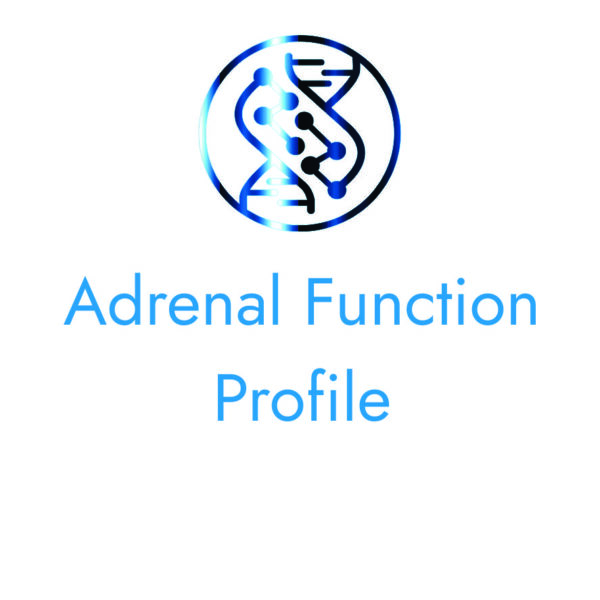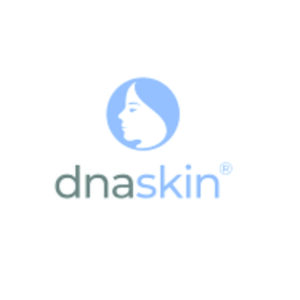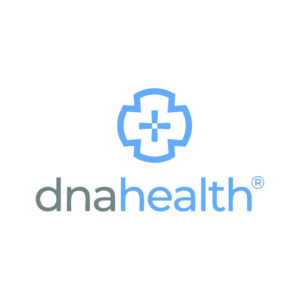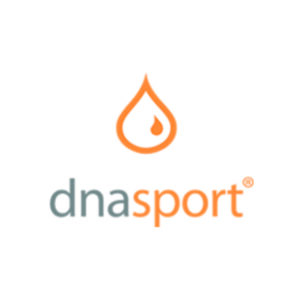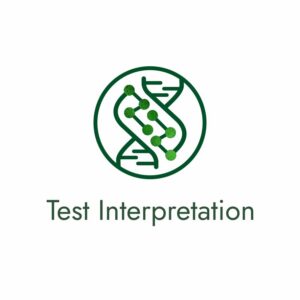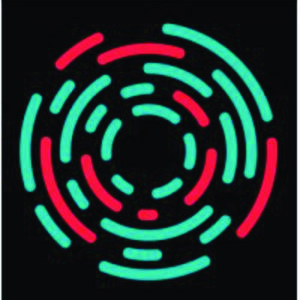Comprehensive Adrenal Function Profile DHEA, Cortisol x4, Secretory IgA. – NEW
R4 345.00
Includes Test Interpretation
This salivary hormone profile provides a comprehensive view of the stress response and HPA axis/adrenal function and includes 4 cortisol levels collected over the course of the day, as well as DHEA and a secretory IgA level. [ LEARN MORE]
Useful for:
- Feeling stressed
- Fatigue
- Insomnia
- Nervousness/Irritability
- Salt/Sugar cravings
- Dizzy spells
- Headaches
- Decreased stamina
- Burn out
- Chronic disease
- Anxiety/depression
Turnaround Time
3 to 5 days
Analytes Tested
Click any analyte name for additional clinical information, including reference ranges, specimen collection, stability and rejection criteria.
Detailed Information
Cortisol levels should be at their highest level 30 minutes after waking up in the morning, decreasing gradually over the course of the day, reaching their lowest point at bedtime. The resulting curve or pattern allows health care providers to pinpoint issues with adrenal gland function. Alterations in this pattern can results in symptoms related to stress, fatigue and insomnia. DHEA levels naturally decline with age, although alterations can be seen as part of the stress response.
SIgA measured in the saliva primarily provides insight into the body’s stress response, however there is some evidence that activated B cells can migrate from GALT to salivary glands, which could potentially demonstrate systemic inflammation and possibly link GI pathology via salivary sampling.
Elevated levels of sIgA are associated with an upregulated, active immune or inflammatory response, and may be reflective of acute psychological and/or physical stressors. Chronic alcoholics, heavy smokers, and those with oropharyngeal carcinoma have also shown elevations in salivary sIgA.
Decreased levels of sIgA are commonly seen in individuals with low immune system functioning, and are a sign of chronic, ongoing psychological and/or physical stress (HPA axis dysfunction) to the body which has depleted sIgA reserves. SIgA declines with age, and can be seen with some chronic gastrointestinal disorders. Persistent low levels can help to explain why people can’t shift an immune problem like allergies, chronic skin conditions or infections. Lower levels have been associated with increased risk for periodontal disease and caries.
Additional information
| Weight | 1 g |
|---|---|
| Dimensions | 15 × 15 × 5 cm |

